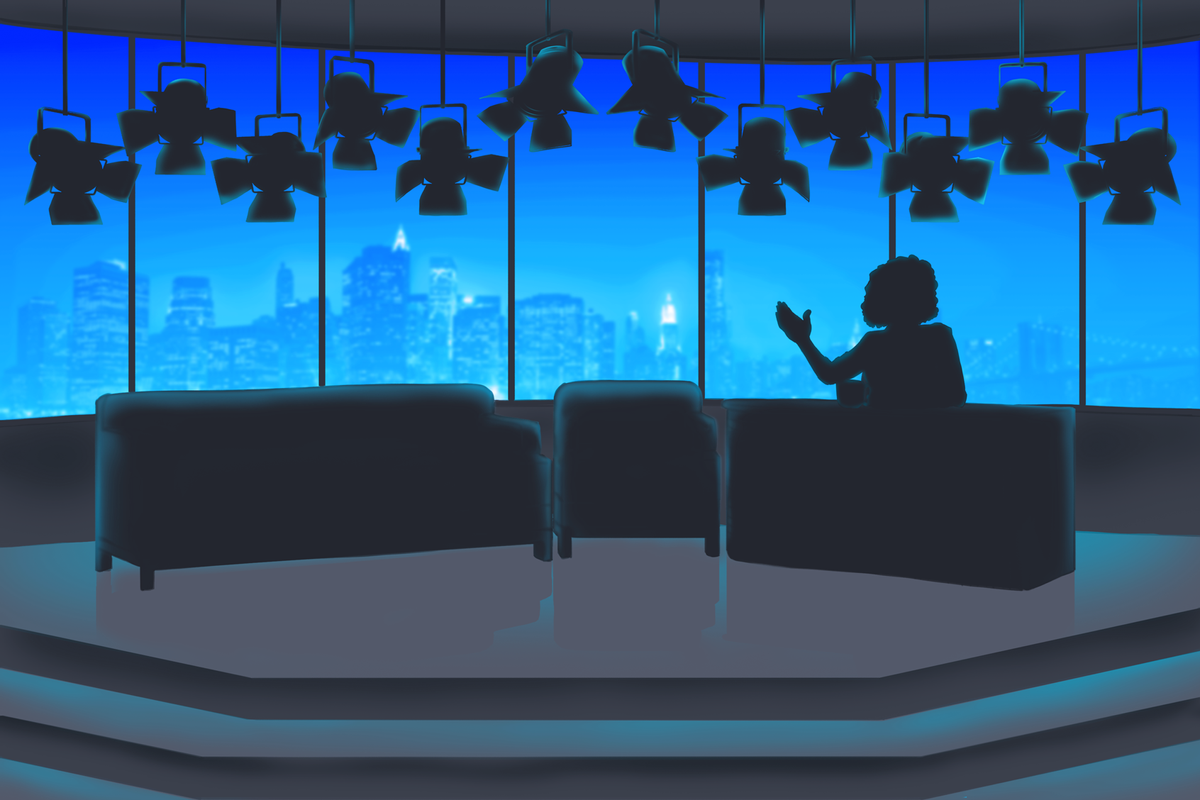The Reality of Women in Late-Night TV Hosting
Conceitos Básicos
Women have been historically excluded from prominent late-night hosting roles, despite their proven capabilities. The author argues that systemic biases and industry norms have perpetuated this gender disparity.
Resumo
Late-night TV has long been dominated by male hosts, leaving women struggling to secure prominent hosting roles. Despite the talent and capability of female hosts like Lilly Singh, Sarah Silverman, and Samantha Bee, they face challenges such as limited resources, unfavorable time slots, and lack of institutional support. The industry's reluctance to break away from traditional norms has hindered the success of talk-variety shows led by women. The article highlights the struggles faced by female hosts in a male-dominated field and raises questions about the future of late-night TV.
Why women really don’t get to host late-night TV
Estatísticas
Singh's show aired from 2019 until June 2021.
"A Black Lady Sketch Show" hosted by Robin Thede lasted for two seasons.
Chelsea Handler's Netflix talk show debuted in 2016 and lasted for two seasons.
Sarah Silverman's "I Love You, America" had a single 21-episode season on Hulu.
Netflix streamed 10 episodes of "The Break with Michelle Wolf" in 2018 before cancellation.
Citações
"It's just legacy bulls**t. It's one of those things." - Doug Herzog
"People aren't even watching the shows in their totality. They're watching it clipped out, they're watching it on their own time." - Lizz Winstead
Principais Insights Extraídos De
by às www.salon.com 06-09-2023
https://www.salon.com/2023/06/09/why-women-dont-host-late-night-tv/
Perguntas Mais Profundas
How can the entertainment industry address the systemic biases that have prevented women from securing prominent late-night hosting roles?
The entertainment industry can address systemic biases by actively promoting diversity and inclusion in decision-making processes. This includes hiring more women in key positions such as showrunners, writers, and executives to ensure diverse perspectives are represented. Additionally, networks should provide equal resources and support to female hosts as they do to their male counterparts. Creating mentorship programs, implementing unconscious bias training, and establishing clear pathways for career advancement for women in late-night television are essential steps towards addressing these biases.
What role does audience viewership behavior play in shaping the future of late-night TV?
Audience viewership behavior plays a significant role in shaping the future of late-night TV. With changing viewing habits due to digital platforms and social media, audiences now consume content on their own time rather than tuning into traditional broadcast schedules. Late-night shows need to adapt to this shift by creating engaging content that resonates with viewers across different platforms. Understanding audience preferences, leveraging data analytics for targeted content creation, and fostering online engagement through social media interactions are crucial strategies for attracting and retaining audiences in the evolving landscape of late-night television.
In what ways can female hosts navigate the challenges posed by limited resources and unfavorable time slots to succeed in late-night television?
Female hosts can navigate challenges such as limited resources and unfavorable time slots by focusing on creativity, innovation, and building a strong connection with their audience. Despite constraints, it is essential for female hosts to leverage their unique perspectives and storytelling abilities to create compelling content that sets them apart from their male counterparts. Building a strong online presence through social media engagement can help expand their reach beyond traditional broadcast hours. Collaborating with diverse talent both on-screen and behind-the-scenes can also enhance the quality of their shows while navigating resource limitations effectively.
0
